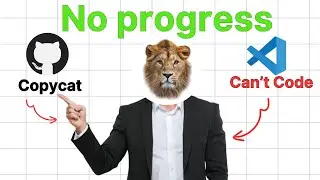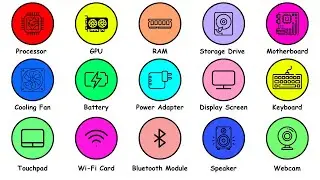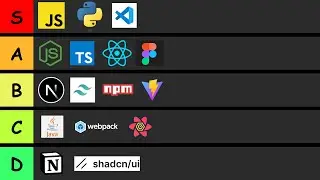Understand how REST API's Work with Animations (No BS Guide)
What is an API?
An API (Application Programming Interface) lets different software communicate. Think of it like a waiter in a restaurant who takes your order and brings your food.
What is REST?
REST (Representational State Transfer) is a set of rules ensuring smooth communication between apps, like a system that ensures your waiter delivers your order correctly.
How REST API Works:
Request: You order a pizza via an app.
API Delivery: The API sends your request to the restaurant.
Preparation: The restaurant checks and prepares your order.
Response: The API sends back a confirmation.
Result: You see the delivery status in your app.
HTTP Methods:
GET: Fetches data (like viewing a menu).
POST: Creates new data (like placing an order).
PUT: Updates existing data (like modifying an order).
PATCH: Updates part of the data (like changing toppings).
DELETE: Removes data (like canceling an order).
Examples in Apps:
GET: Searching for products.
POST: Adding items to a cart.
PUT/PATCH: Updating delivery address.
DELETE: Removing items from a cart.
Benefits of REST APIs:
REST APIs make it easy for apps to communicate, whether it's ordering food, booking a ride, or chatting with friends. They ensure smooth and efficient data exchange.
If you found this helpful, give it a thumbs up and subscribe for more fun tech explanations! Let me know in the comments if you'd like to see how REST APIs are implemented in real life!
















